Island Offshore Debuts Open Water Coil Tubing
Press release - Island Offshore recently made history when they successfully drilled a pilot hole for Centrica Energy by means of open water coil tubing. This technology has never been utilized in the offshore industry before and proves to be a safer and cheaper alternative to traditional drilling using a rig.
MOU Island Constructor was given the assignment to drill a shallow gas pilot hole down to 360 meters below mud line at the BUTCH PL 405-field, north of Ekofisk, to log for gas, and plug the pilot hole with cement if gas was discovered. Pilot holes are drilled to reveal shallow gas in the formations in advance of the actual drilling of the production wells. Shallow gas can be described as hidden gas pockets encountered at a depth close to the surface or mudline which can lead to blowout in the early stages of drilling.
“To use a rig for pilot hole drilling is much more costly than using a mobile offshore unit like the Island Constructor. Should one come across gas and the hole needs to be plugged, it will imply large costs to move the rig to a new location for a possible new pilot hole. The risk involved with using a rig compared to a vessel is also considerable as it will need far more time to move away should a blowout occur,” explains Anders Olsen, Project Manager in Island Offshore.
“In addition the coil tube’s flexibility makes the vessel able to keep pumping mud down the well to stop a potential shallow gas blowout, while moving to a secure area,” Olsen continues.
No riser
Instead of using a marine riser, the coil tube is kept in tension between the vessel and the subsea injector by means of a second injector installed on board. The actual tube does not rotate, only pressurized fluid inside the coil activates a hydraulic motor which makes the bit rotate. The subsea injector pushes and pulls the coil tube in and out of the well.
“We have aimed for this since 2009. With coil tubing one can perform heavy maintenance to increase production and squeeze more oil and gas out of the wells,” says Dept. Manager Top hole drilling in Island Offshore, Per Buset.
Today these operations are performed by using a marine riser from a rig, which one can feed the coil tube down into. This is both expensive and time-consuming.
Island Offshore owns and operates three light well intervention vessels in the North Sea. Traditionally these vessels run wireline down the wells. One can perform some maintenance with wireline technology today, but with coil tubing one can do considerably more. Pumping fluid down the well and perform heavier maintenance such as scale removal in the production tubing to achieve original dimension of the tube is one example.

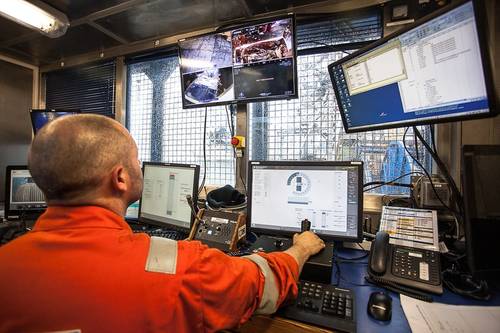


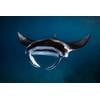
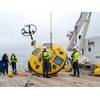
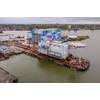
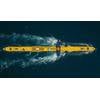







 August 2025
August 2025



